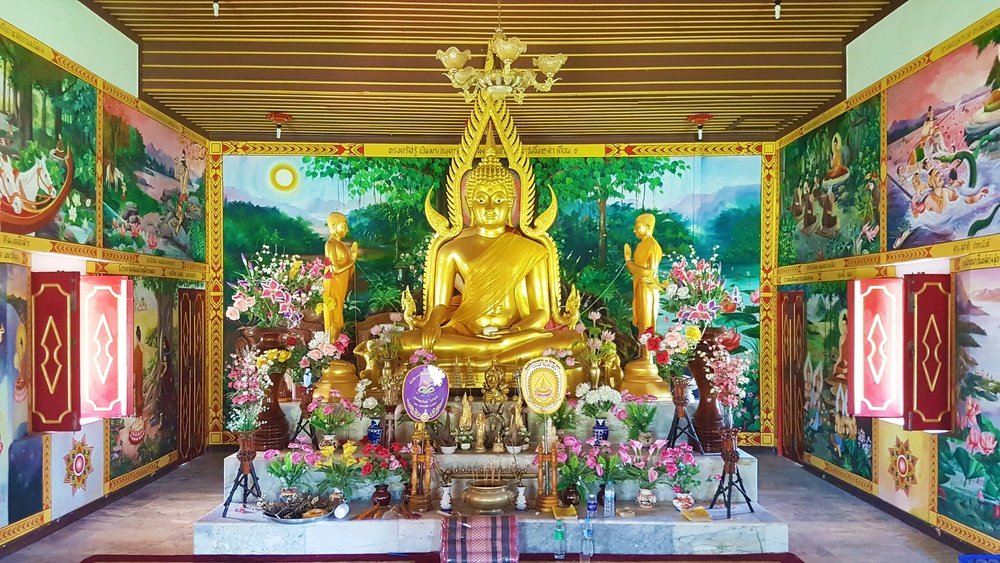India, the birthplace of Buddhism, is a land where ancient traditions and spiritual wisdom thrive in vibrant festivals and sacred rituals. Among the many cultural and religious celebrations, Buddhist festivals in India stand out as profound expressions of peace, compassion, and enlightenment—the core teachings of Lord Buddha.
These festivals not only honor Buddha’s life and teachings but also offer devotees and travelers alike an immersive experience into the spiritual heart of Buddhism. Celebrating these festivals in India means witnessing a beautiful blend of devotion, community, and cultural heritage that transcends time.
Here’s a look at some of the most inspiring Buddhist festivals in India that celebrate peace and enlightenment.
Buddha Purnima: The Festival of Light and Compassion
The most significant Buddhist festival, Buddha Purnima (also called Vesak), commemorates the birth, enlightenment, and passing away of Lord Buddha. Celebrated on the full moon day of the month Vaisakha (April-May), it is marked by prayers, meditation, and acts of charity.
At pilgrimage sites such as Bodh Gaya, where Buddha attained enlightenment, devotees gather to light lamps, offer flowers, and chant sutras. The atmosphere is suffused with tranquility and hope, making Buddha Purnima a powerful celebration of spiritual awakening.
Saga Dawa: Honoring the Life of the Buddha
Saga Dawa is especially important in Tibetan Buddhist communities across Sikkim, Ladakh, and Arunachal Pradesh. Celebrated on the fourth month’s full moon according to the Tibetan calendar, this festival honors Buddha’s birth, enlightenment, and Parinirvana.
Devotees engage in prayers, circumambulation of sacred sites, and acts of generosity. It is a time for deep reflection on the Buddha’s teachings and renewing one’s commitment to peace and kindness.
Losar: Tibetan New Year Celebration
Losar, the Tibetan New Year, is a vibrant festival observed by Buddhist communities in Ladakh, Sikkim, and Himachal Pradesh. It typically falls in February or March and marks the beginning of a new lunar year.
Losar celebrations include prayer ceremonies, traditional masked dances known as Cham dances, and festive meals. The festival is a joyful affirmation of renewal, harmony, and spiritual growth.
Hemis Festival: A Dance of Devotion and Joy
The Hemis Festival in Ladakh honors Guru Padmasambhava, who introduced Buddhism to the region. Held in June or July at the Hemis Monastery, the festival features dramatic Cham dances performed by monks wearing colorful masks.
These dances symbolize the triumph of good over evil and serve as a spiritual teaching tool for devotees. The Hemis Festival is a celebration of divine wisdom and a unique window into Ladakhi Buddhist culture.
Torgya Festival: Cleansing Negativity
Celebrated in Arunachal Pradesh at the Tawang Monastery, the Torgya Festival is a three-day event aimed at warding off evil spirits and inviting peace and prosperity. The monks perform sacred dances and fire rituals to cleanse the environment.
Attending Torgya provides a rare glimpse into Vajrayana Buddhist practices, emphasizing purification and protection—key elements in the journey toward enlightenment.
Kathina Festival: Offering Robes to Monks
Kathina, a Theravada Buddhist festival celebrated in parts of Northeast India like Mizoram, marks the end of the monastic retreat season (Vassa). During Kathina, laypeople offer new robes and essentials to monks, symbolizing generosity and support for the Sangha (monastic community).
The festival highlights the interdependence between monks and devotees and encourages the practice of compassion and mindfulness.
Losoong Festival: A New Year Celebration in Sikkim
Losoong is the Sikkimese New Year celebrated by the Bhutia-Lepcha communities with Buddhist rituals, dances, and cultural events. Usually held in December, it blends indigenous traditions with Buddhist philosophy.
The festival is a joyous occasion that promotes harmony, renewal, and gratitude for life’s blessings.
Why Buddhist Festivals in India Are Celebrations of Peace
Each Buddhist festival in India embodies the principles of peace, compassion, and enlightenment. The rituals, prayers, and cultural expressions are designed to inspire inner calm and social harmony.
Participating in or witnessing these festivals allows one to connect deeply with the Buddhist path—cultivating mindfulness, kindness, and a sense of interconnectedness with all beings. The peaceful ambiance of monasteries and sacred sites further enriches the experience, inviting reflection and spiritual growth.
Experiencing the Festivals: Tips for Travelers
- Timing is Key: Buddhist festivals follow lunar calendars, so check exact dates in advance to plan your visit.
- Respect Traditions: Dress modestly, follow local customs, and participate mindfully in rituals.
- Stay Open: Engage with locals and monks to learn about the deeper meanings behind the celebrations.
- Explore Nearby Sites: Many festivals take place in culturally rich regions—combine festival visits with sightseeing.
Conclusion
Celebrating Buddhist festivals in India offers a rare and beautiful chance to witness spirituality in action—where ancient teachings of peace and enlightenment are lived and shared through vibrant rituals and communal joy.
From the serene meditation of Buddha Purnima to the colorful dances of Hemis and Losar, these festivals invite all to join in a timeless journey toward awakening and harmony. Whether you are a devoted practitioner or a curious traveler, experiencing these festivals will leave you with lasting inspiration and a profound sense of peace.

